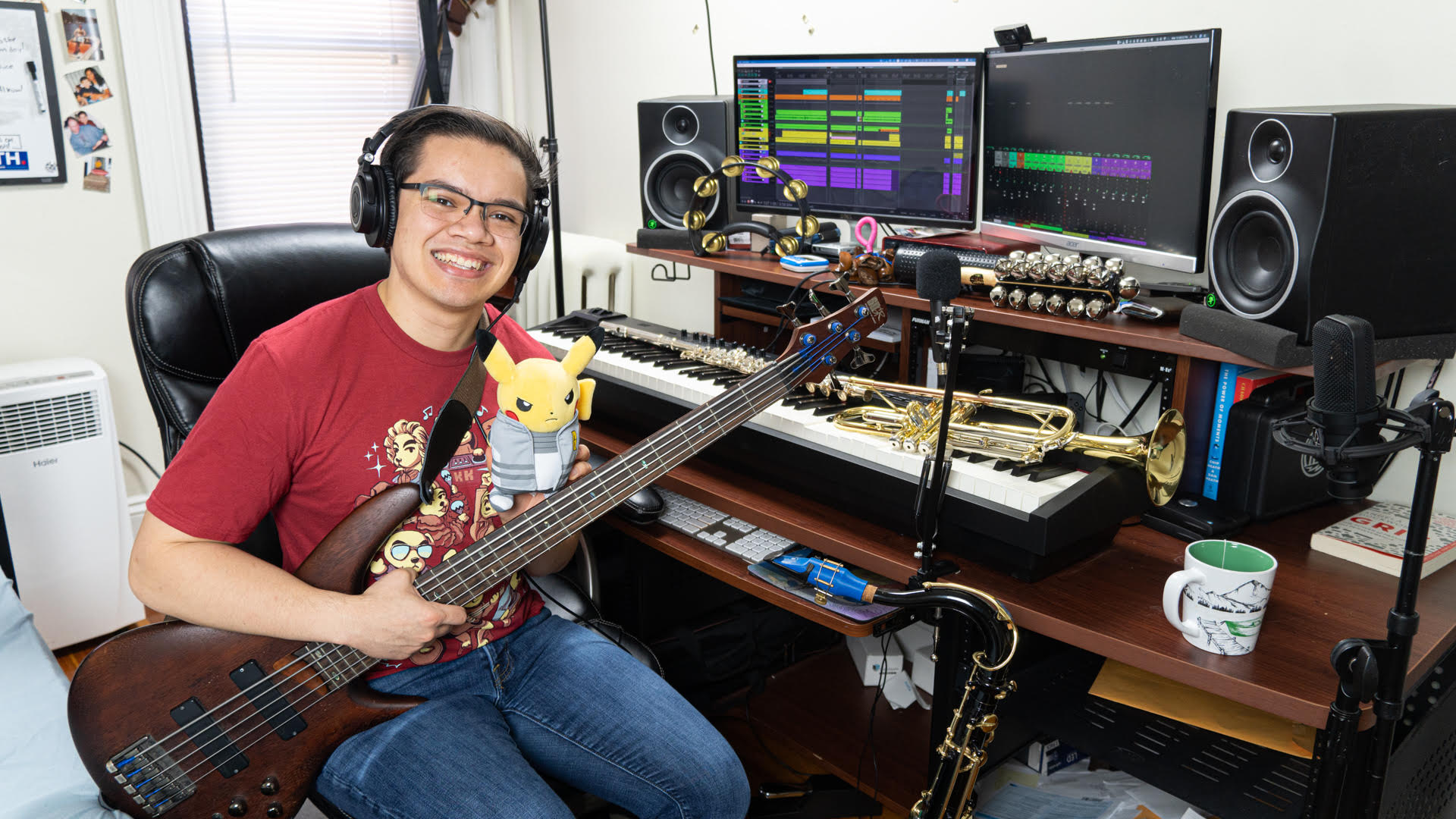


“This isn’t a new age thing, it’s a medieval age thing,” said Lauren Artress, canon emeritus at Grace Cathedral Church in San Francisco, and the woman credited with bringing walkable labyrinths to the United States. Labyrinths may feel like a new age phenomena - similar to crystals and tarot cards - but some of the oldest known walkable labyrinths on the planet were built in medieval cathedrals. “Are you going to apologize to someone? Are you going to take an online course or go on that trip? Are you going to cry?” “What are you taking from all that you let go, from what you received? What are you returning to the world to do with it?” she said. “I feel like it leads to that feeling of clearing that spinning part of your brain.”Īlthough there is no single way to walk a labyrinth, Bull invites the groups she leads to focus on the “Four Rs”: Remembering why you’re here, Releasing on the walk toward the center, pausing to Receive in the center, and, finally, thinking about the idea of Return on the way out. “It’s like when your mind is spinning on all these things, and then in the shower you have this epiphany - that moment of clarity,” she said. “Just knowing there is only one way in and one way out allows you to relax.”īain likened it to taking a spiritual shower. “You know when you hit that little refresh button on your computer screen and everything gets brighter?” she asked. She says a labyrinth walk is akin to a “medieval reboot.” Kathleen Kinmont is a yoga teacher and member of the Campbell Hall mindfulness group who has done several labyrinth walks with Bull at the Forest Lawn Memorial Park in Glendale. Some say the labyrinth represents the birth canal, the shape and complexity of the brain, or the turns of the intestines, helping the walker to digest whatever might be going on in his or her life.Ĭhantel Zimmerman, a certified labyrinth facilitator who leads creative and spiritual workshops and retreats through her company, Art and Soul Lab, said some people call the opening of the labyrinth “the mouth” because “the labyrinth has something to tell you.” Walking to the center of a labyrinth can represent the journey to the center of our being, while its single path has been interpreted as the creation of order from chaos. “You can think of it as a pilgrimage,” he said. Walking a labyrinth is a form of walking meditation, similar to what you might find in some Buddhist traditions, said Michael O’Palco, a retired Catholic school teacher who leads labyrinth walks at Holy Spirit Retreat Center in Encino. When she arrives at the labyrinth’s center, she places it down. In her hand she holds a small rock she found on the ground, a touchstone that can be helpful for focus. A few moments later she is bending over a California poppy that has sprouted between the stones. On this gray Wednesday morning, she pauses at a turn and gazes out toward the ocean. “That just shows you how much this has blown up.” “Last year we had one site participating, and there are at least 11 that have registered this year,” Bull said. The celebration encourages churches, retreat centers, hospitals and other institutions to open their labyrinths to the public on the first Saturday of May. This year she is also heading the city’s planning committee for World Labyrinth Day, an annual international event sponsored by the Labyrinth Society and Veriditas. Marvin Jordana is among a small but growing handful of beekeepers who see their work as a spiritual practice, communing with bees as an encounter with an ancient wisdom. Perhaps, then, it is no surprise that in a time when so many people feel they have lost their way, interest in labyrinths has soared.Ĭalifornia Entering the sacred realm of the bees with honey bee therapy You cannot get lost in a labyrinth as long as you follow the path. A maze is a puzzle - false turns and dead ends are built into the design.Ī labyrinth, on the other hand, offers a single path, circuitous and indirect, that leads the walker to center, and then out again. Labyrinths and mazes are often confused, but they’re not the same. “I said, ‘I do this thing called labyrinths.’ And it felt like the whole Zoom screen just leaned in and said, ‘What’s that?’” At one of the group’s online meetings, she hesitantly offered up walking labyrinths as a potential tool for healing and connection. Then the pandemic turned the world upside down, and the weekly parent mindfulness group she’d long led at Campbell Hall, a private school in Studio City, became a lifeline for its members. “It was deeply important to me, and it had been a part of my life for a very long time,” she said. But it wasn’t until the COVID-19 pandemic that she came out to her community as a devoted labyrinth lover. Thin and earnest with a touch of a Southern accent hinting at her Louisiana roots, Bull is a longtime spiritual seeker who has been walking labyrinths for decades.


 0 kommentar(er)
0 kommentar(er)
